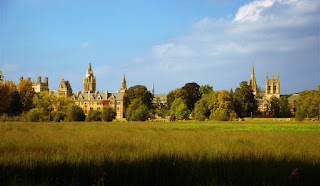Types of questions

Question Tags: solemos usar una "question tag", para verificar lo que hemos dicho anteriormente; se hace usando el auxiliar y el sujeto pero si es afirmativa la frase del "question tag" va en negativo y si la frase es negativa la "question tag" va en afirmativa ) para verificar lo que hemos dicho anteriormente. You are French, aren´t you? They are not students, are they? She is a nurse, isn´t she? Emphatic questions: usamos oraciones enfáticas usando "who" o "what" y también expresiones como "whoever, who/ what on earth", debemos poner énfasis en las palabras para hacer una afirmación. I´m scared about it.: you are scared about what? Jennifer wrote me a letter: who on earth wrote me? Bertrand advised me about the issue with houses : Whoever advised you about the houses... Embedded questions : preguntas incrustadas. Son preguntas dentro de otra afirmación o pregunta. Normalmente siguen el orden de una ...














